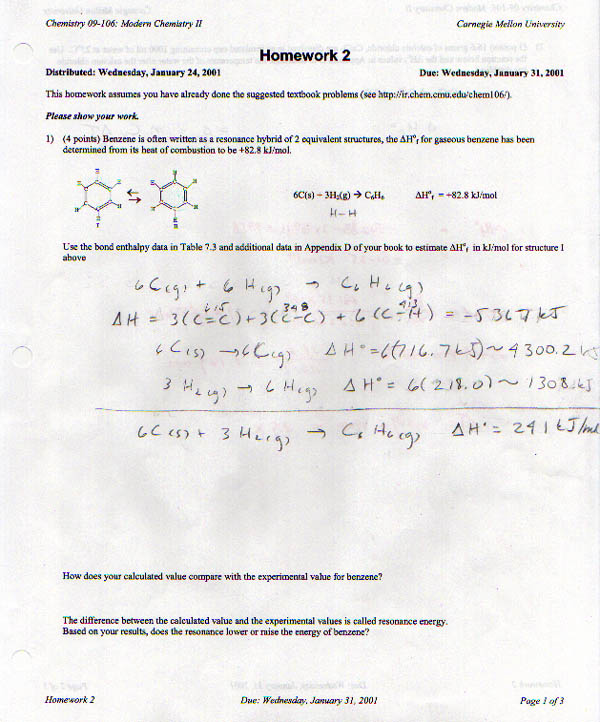IRMNG - Cyanea capillata (Linnaeus, 1758).
Disclaimer: The Animal Diversity Web is an educational resource written largely by and for college students.ADW doesn't cover all species in the world, nor does it include all the latest scientific information about organisms we describe. Though we edit our accounts for accuracy, we cannot guarantee all information in those accounts.
Cyanea capillata is one of the largest species of jellyfish and is commonly referred to as Lions mane jellyfish due to the highly distinguishable mass of long, thin, hair-like tentacles. Cyanea capillata has a saucer-shaped bell (the umbrella) with a uniform thickness until thinning dramatically around the edges.

Lion’s mane jellyfish, (Cyanea capillata), marine jellyfish of the class Scyphozoa (phylum Cnidaria) found in the waters of the colder oceans of the Northern Hemisphere. Some populations, however, occur as far south as the Gulf of Mexico. It is the largest known jellyfish in the world.

Cyanea capillata have three different types of nematocysts, all of which are very similar and are triggered relatively at the same rate. A Lion's Mane jellyfish can have up to 8 clusters of 150 tentacles, that is approximately 1,200 tentacles per jellyfish.

Cyanea is a genus of jellyfish, primarily found in northern waters of the Atlantic and Pacific Oceans and southern Pacific waters of Australia and New Zealand, there are also several boreal, polar, tropical and sub-tropical species. Commonly found in and associated with rivers and fjords.

General information about Cyanea capillata (CYNECA). PPP uses classification; EPPO GD Desktop; Download user guide; Cyanea capillata (CYNECA). is not responsible for any use that may be made of the information from this project subsequently included in the EPPO Global Database.

The lion’s mane jellyfish cannot be missed in the open ocean where it prefers to float about. With tentacles up to 120 feet long, some individuals even rival in size the blue whale, the largest animal in the world.Most lion’s mane jellyfish live in the Arctic and North Pacific Ocean from Alaska to Washington where the waters are cool.

Cyanea lamarckii, also known as the blue jellyfish or bluefire jellyfish, is a species of jellyfish in the family Cyaneidae. Populations in the western Pacific around Japan are sometimes distinguished as Cyanea nozakii or Cyanea capillata nozakii.

Staurozoa: the stalked jellyfish; Hydrozoa: the hydroids; There are many types of jellyfish. The smallest jellyfish are just a few centimetres across. The largest jellyfish is the Lion's mane (Cyanea capillata), whose body can be over 3 feet (1 m) across, with much longer tentacles. Some jellyfish in the dark (this is called phosphorescence).

Discover all TYPES OF JELLYFISH, their names, characteristics, the biggest as well as all immortal jellyfish. For more jellyfish facts and examples, read here at AnimalWised. These 20 types of.

Wildscreen's Arkive project was launched in 2003 and grew to become the world's biggest encyclopaedia of life on Earth. With the help of over 7,000 of the world’s best wildlife filmmakers and photographers, conservationists and scientists, Arkive.org featured multi-media fact-files for more than 16,000 endangered species.

The north Atlantic sea blubber, Cyanea capillata, is the largest jelly fish with a diameter of two metres. Corals cannot grow beyond a depth of 50 metres in the sea. The great barrier reef of Australia is over 1200 miles long and 70 miles wide.

Functional Characteristics of Nematocysts Found on the Scyphomedusa Cyanea Capillata. . indicating that conventional classification schemes that infer function based on broad nematocyst categories may not appropriately describe the functional roles of these nematocysts. The dynamic properties of discharging nematocysts were consistent with.



